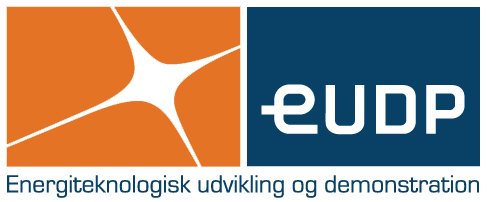Project Description
The basic principle of Positive Energy Districts (PEDs) is to create an area within the city boundaries, capable of generating more energy than consumed and agile/flexible enough to respond to the variation of the energy market because a PED should not only aim to achieving an annual surplus of net energy. Rather, it should also support minimizing the impact on the connected centralized energy networks by offering options for increasing onsite load-matching and self-consumption, technologies for short and long term storages, and providing energy flexibility with smart control. PEDs can include all types of buildings present in the city environment and they are not isolated from the energy grid. In the research community PED is a rising concept to shape cities into carbon neutral communities in the near future. Reaching the goal of a PED requires firstly improving energy efficiency, secondly cascading local energy flows by making use of any surpluses, and thirdly using low-carbon energy production to cover the remaining energy consumption. Smart control and energy flexibility are needed to match demand with production locally as far as practical, and also to minimize the burdens and maximize the usefulness of PED on the grid at large. The aim of Annex 83 is developing an in-depth definition of PED and the technologies, planning tools and planning and the decision-making process related to positive energy districts. Experience and data to be used in the Annex will be gained from demonstration cases.
Project Summary
| Project period | July 1. 2020 to June 30. 2024 |
| Total budget | DKK 4.074.624 |
| Funding agency | EUDP |
| Organization managing the project | Aalborg University |
| SDU project manager | Muhyiddine Jradi |
| Additional partners | - DTU Compute - DTU Management engineering |
